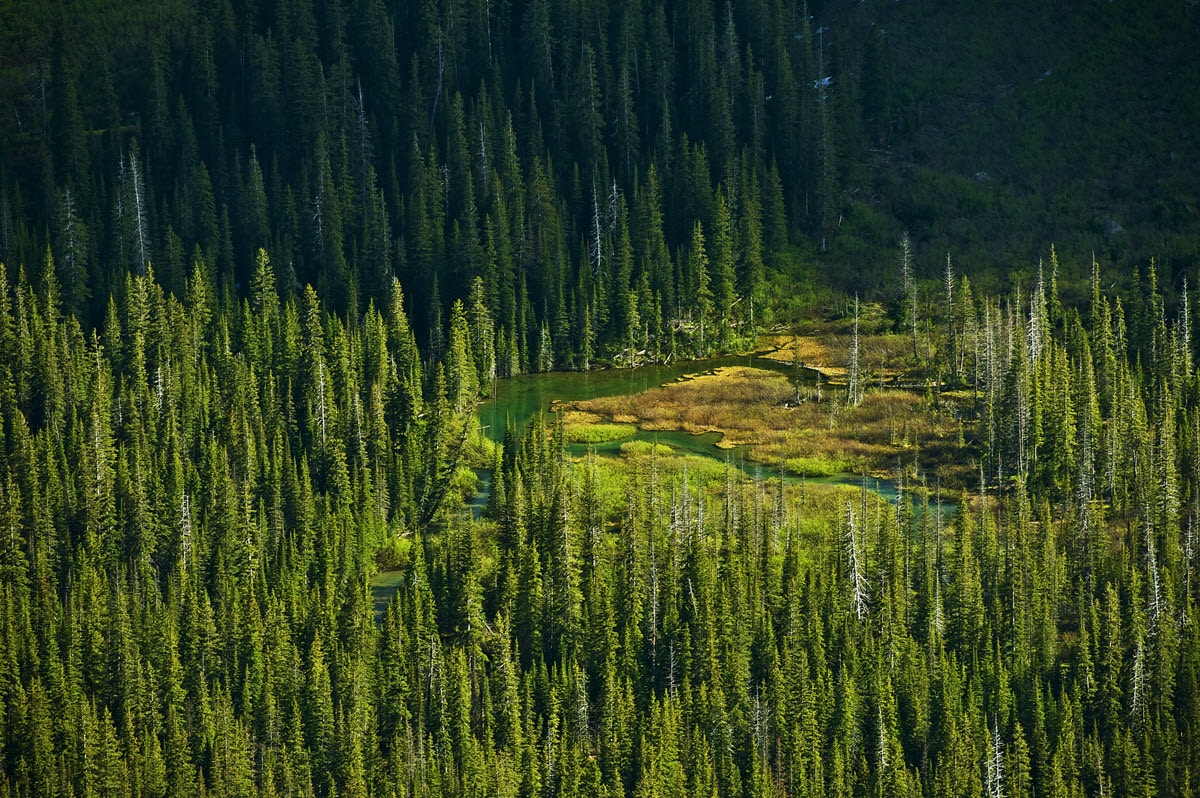Montana, nicknamed “Big Sky Country” is the fourth largest state in the US. Its name, Montana, comes from the Spanish word “montaña” which translates roughly as “mountainous. There are at least 300 peaks in the star that are over 9,600 feet, and Montana is a part of the Rocky Mountain region. Parts of the state are extremely rural, and 42 out of 56 countries have less than five people per square mile!
Montana is known for Glacier National Park, a park with 7,000-year-old glaciers; The Great Plains, a vast grassy terrain that covers three-fifths of the state; and its rich, natural resources. It also contains what is considered the original Yellowstone park entrance. Although only a small part of the park is actually IN Montana.
Mining
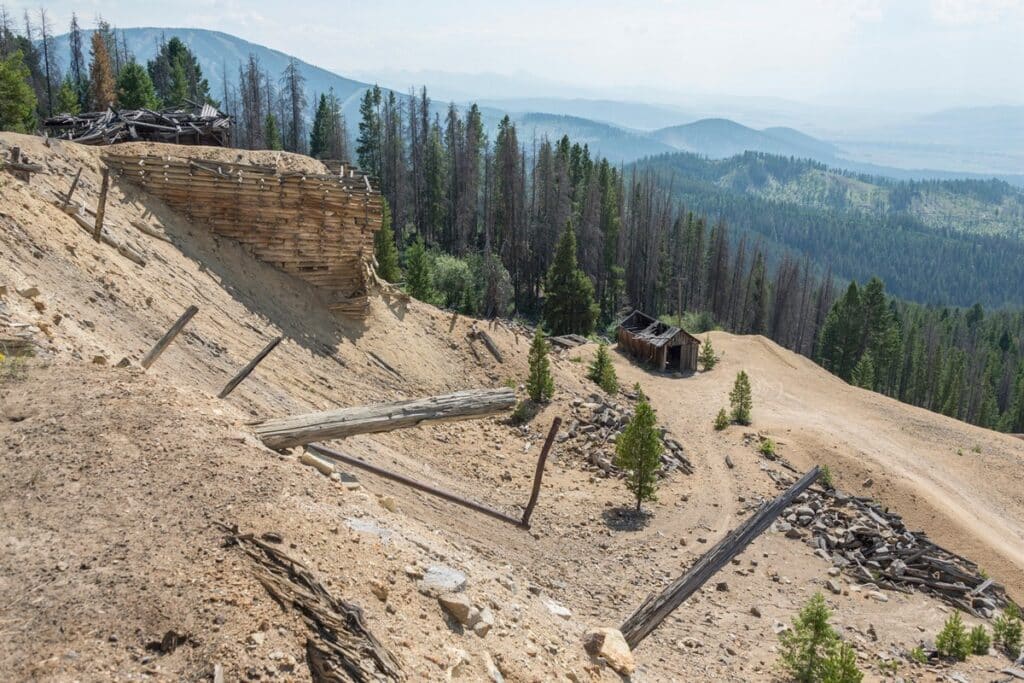
Another nickname for Montana is “The Treasure State”. Named after its rich resources. Mining is a large part of the state and it is known for its gold, silver, and copper, among other metals.
In 2018, mining in Montana produced $2.7 billion in revenue statewide and employed over 12,300 people year-round.
Montana also has precious gems, but it is most well-known for sapphires. The largest of which is called the “Ponderosa Sapphire”. It was discovered in 2018 and is 64.14 carats. It is believed to be one of the largest gem-quality sapphires ever found in the US!
Ranches
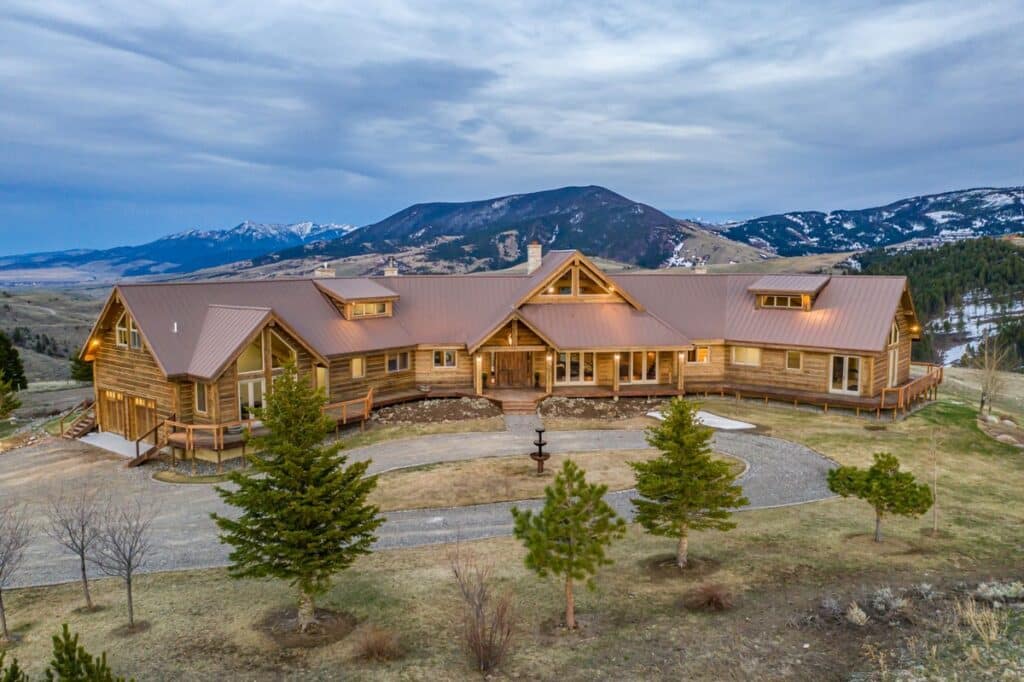
Ranching is a historical part of Montana’s economy and culture. It was one of the first industries in the state, and it began in the mid-1850s. But, it wasn’t until after the Civil War in the 1860s that the industry really grew.
The number of cattle in Texas was becoming unsustainable. So, ranchers sought greener pastures (literally). Many chose Montana over Colorado for its lighter snowfall and nutrient-rich grass.
Today, there are around 28,000 farm and ranch operations in Montana. These cover roughly 63% of the state’s land. That’s over 58 million acres!
Yellowstone National Park
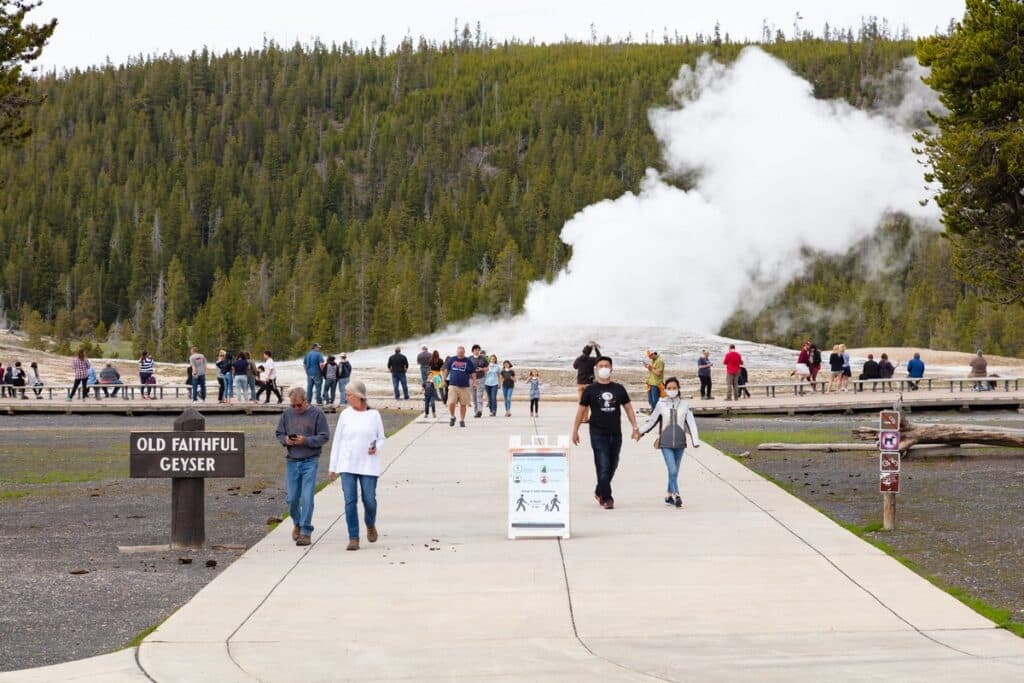
We’ve all heard of Yellowstone National Park, but did you know some of it is in Montana? Yes, a small portion (3% to be exact) to the north and northeast is in the state.
There are five entrances to Yellowstone Park. The North Entrance is in Gardiner, Montana. It was once considered the original entrance to Yellowstone. It is now the only entrance that is open year-round!
The Great Plains

The Great Plains in Montana are known as the Northern Great Plains. They are some of the most important native grasslands in the US. The grasslands support the richest mix of grassland birds in the US, including many disappearing species.
THE longest land mammal migration in the continental US happens in Montana’s Great Plains. This is of the Pronghorn, which migrate over 800 kilometers round trip.
Montana’s grassland supports deer, elk, and rare species like the Black-Tail Prairie Dog and the Swift Fox. The grasslands also house the rarest mammal in North America, the Black-Footed Ferret.
Glacier National Park
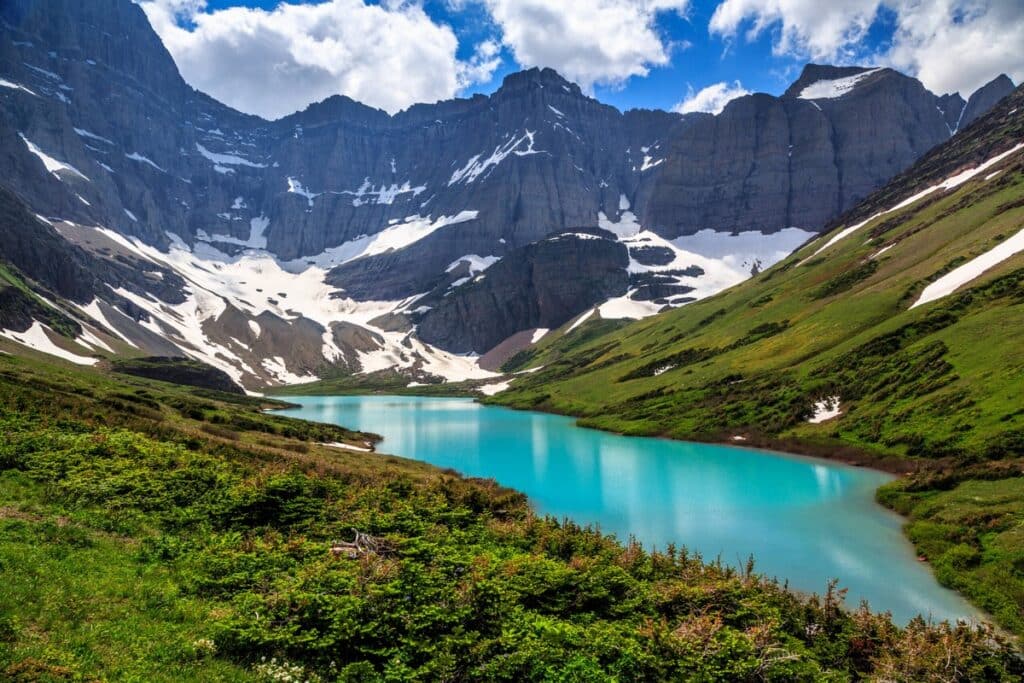
Glacier National Park is the 10th national park in the US. It preserves 1 million acres of turquoise lakes, forests, and glacier-carved mountains. Granite Peak, the state’s highest point, is in the park.
It is a part of the world’s first international peace park, alongside Waterton Lakes National Park in Canada. The international peace park was made to celebrate friendship and peace between the US and Canada.
There are 71 species of mammals in the park. Thanks to its isolation and protection, the wildlife is almost the same today as when it was first discovered by European explorers!
Going-To-The-Sun Road
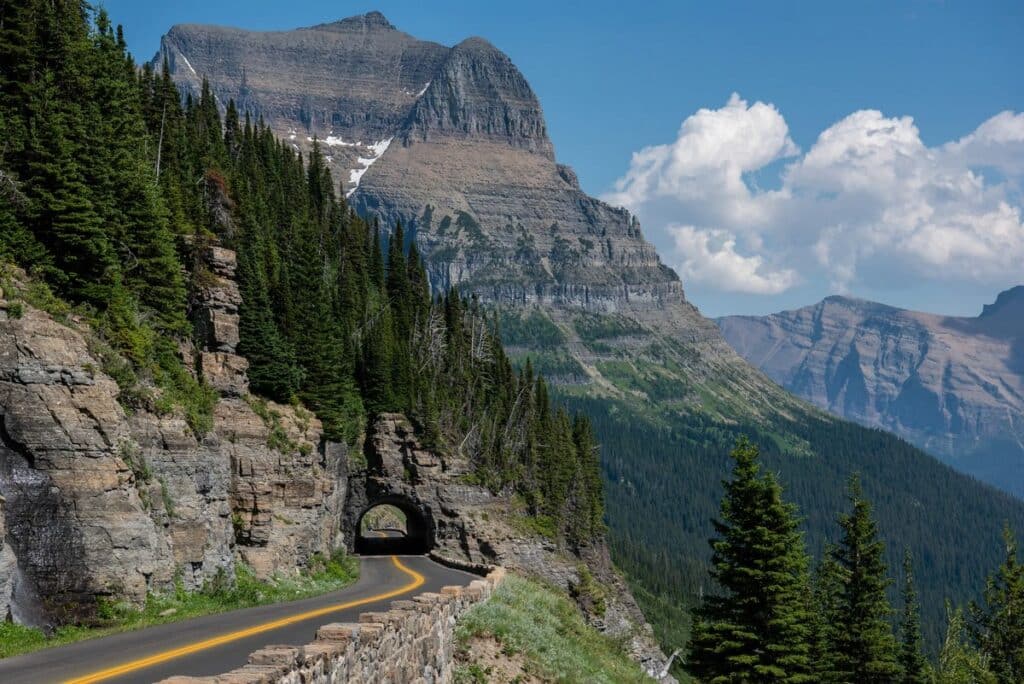
Going-To-The-Sun Road is an amazing 83-kilometer highway in Glacier National Park. It connects the east and west sides of the park, crossing the Continental Divide at Logan Pass.
Without stopping, the highway takes around two hours to drive. But there are several lookout points along the way and places to stop.
The road passes through valleys, waterfalls, lakes, and mountains. As the only road that crosses the park, it is extremely popular.
Extreme Temperature Changes
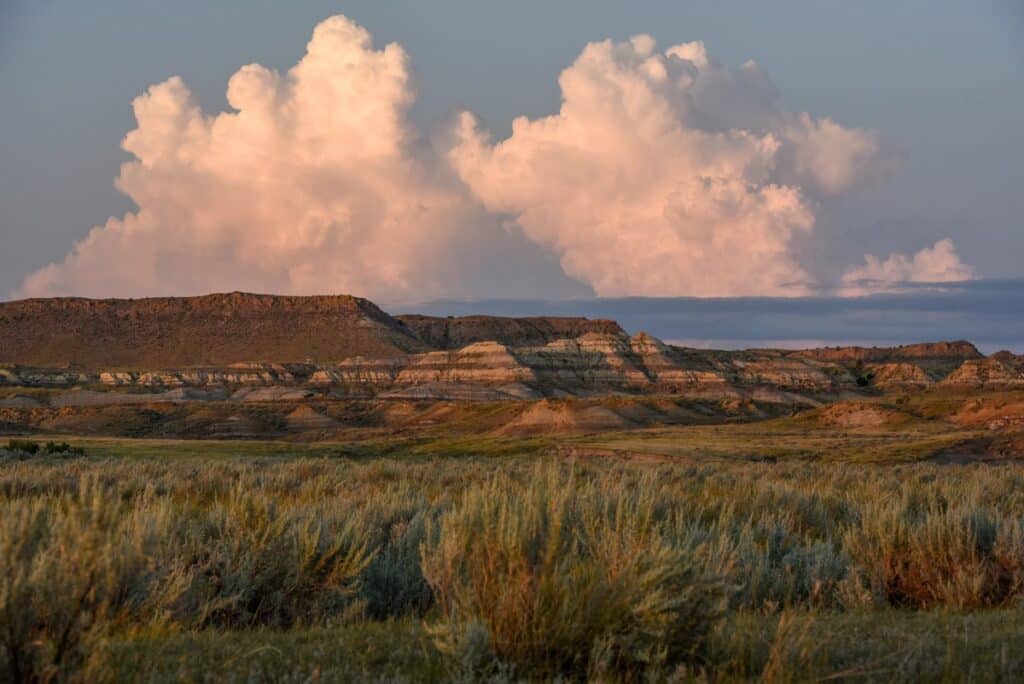
Montana holds the US record for the fastest rise in temperature over 24 hours. Between January 14ht and 15th, 1972, the town of Loma saw a temperature change from -54°F to 49°F. That’s a 103-degree change!
This isn’t the only weird weather occurrence either. On January 11th, 1980, the temperature in Great Falls was -32°F, and only seven minutes later it was 15°F. Crazy.
Both of these extreme changes were due to a warm Chinook wind. The winds are strong, dry, and warm, coming from the mountains across the land.
Bozeman
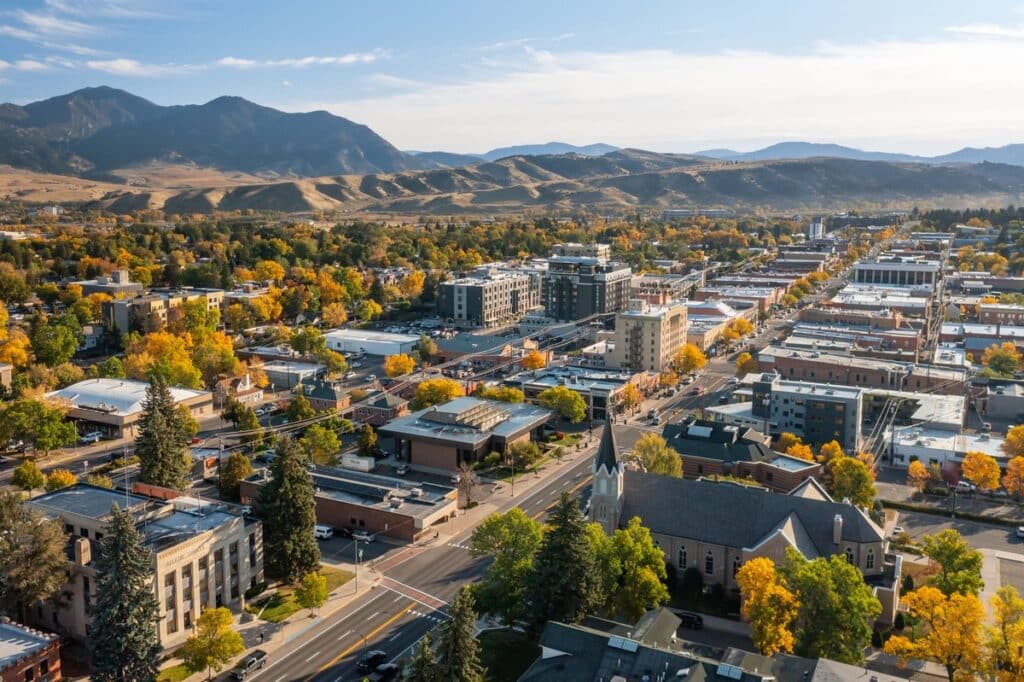
Bozeman, Montana is often called “the most liveable place”. It continues to rank high on many lists, including the Most Liveable Place, Best Places to Live and Work, and Best Hospitals.
The city was named the fastest growing city in the US of its size in 2018 (we think we can see why!). Its economy is one of the strongest in the state. This is thanks to tourism and the high-tech industry.
Residents enjoy world-famous fishing, nearby mountains for hiking and various cultural activities in the city.
Wildlife
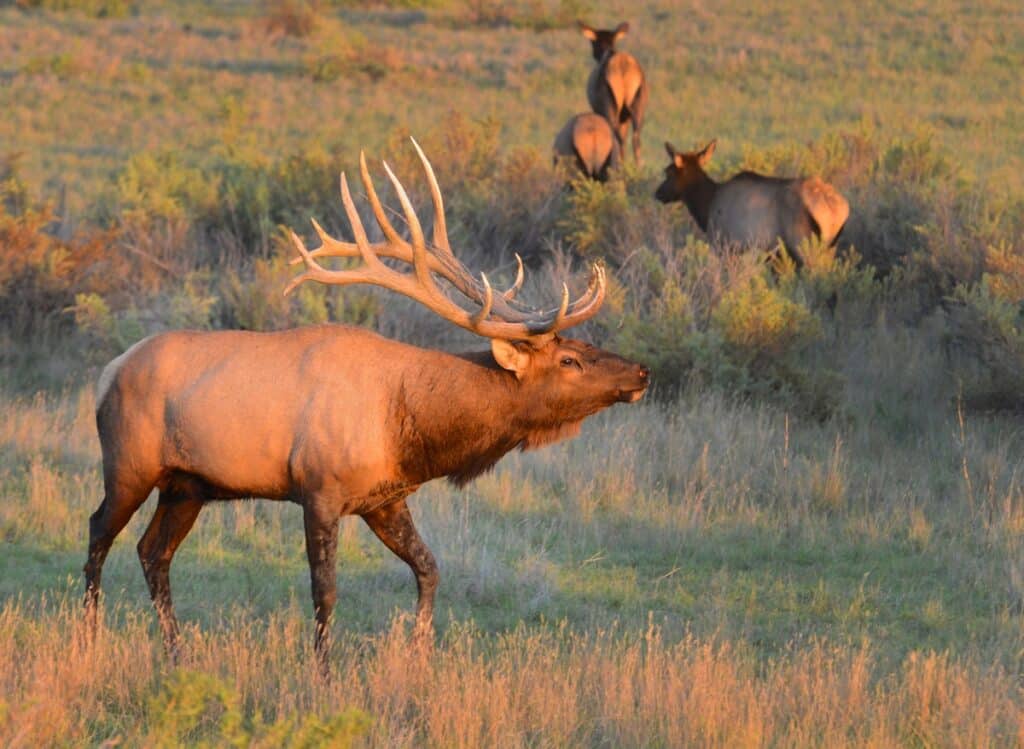
Montana’s diverse and unusual climate means it has a wide variety of wildlife. There are over 100 species of mammals in the state and around 440 bird species.
Some unusual species that can be found in Montana are the Northern Scorpion, the Rubber Boa, and the Pygmy Rabbit.
It has several state animals, but the official state animal of Montana is the Grizzly Bear. It was chosen with the help of over 55,000 students in 1983.
Fossils
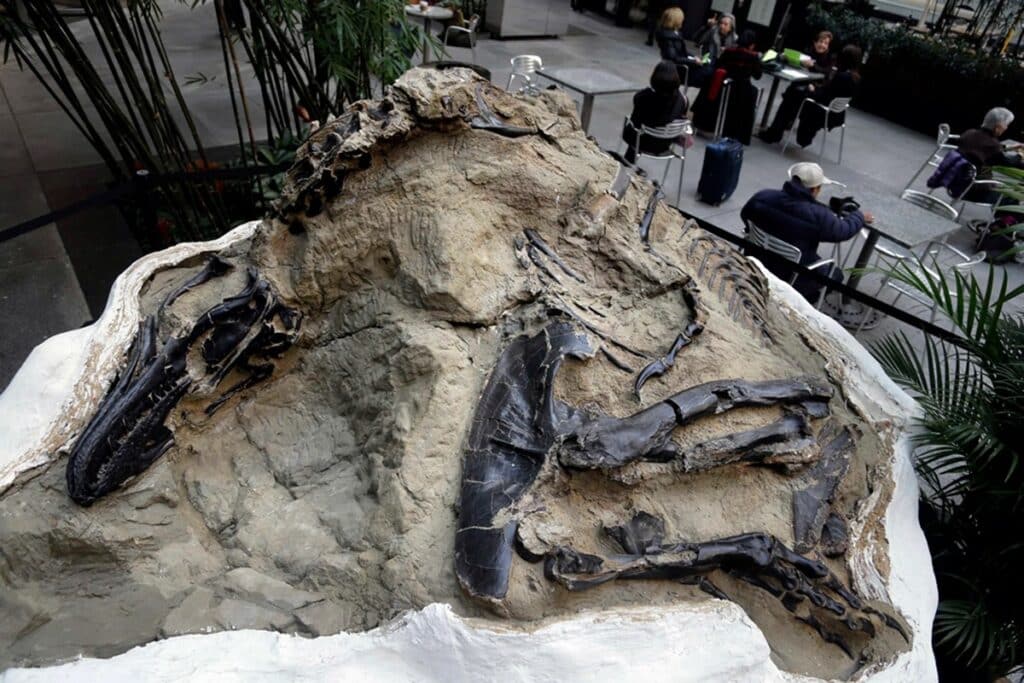
There are many fossil “firsts” when it comes to Montana. In 1854, the first identified dinosaur fossils in North America were found in the Missouri River Breaks National Monument. They belonged to a Trachodon, a duck-billed dinosaur.
The world’s first Tyrannosaurus Rex fossils were found in Hell Creek, Montana in 1902. And, for more T. rex action, one of the most complete fossils of a T. rex was found in Fort Peck Lake in 1997.
Montana is also where North America’s first-ever baby dinosaur bones (CUTE!) were found in 1978 at egg mountain.
Pompey’s Pillar
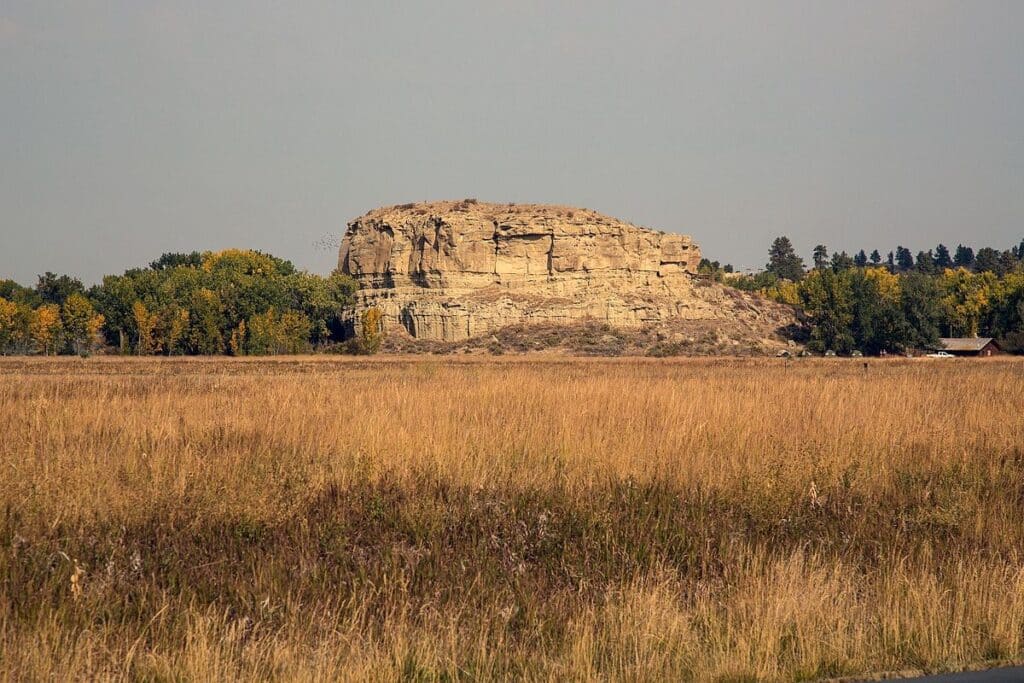
Pompey’s Pillar is near Billings, Montana. It is the only remaining site where physical evidence of the Lewis and Clark Expedition still exists.
William Clark signed the 200 feet tall rock formation in 1806. He also named the rock after Sacajawea’s son.
There are many other ancient markings and animal drawings on the rock. Showing it was used in one way or another by people thousands of years ago.
Rocky Mountains
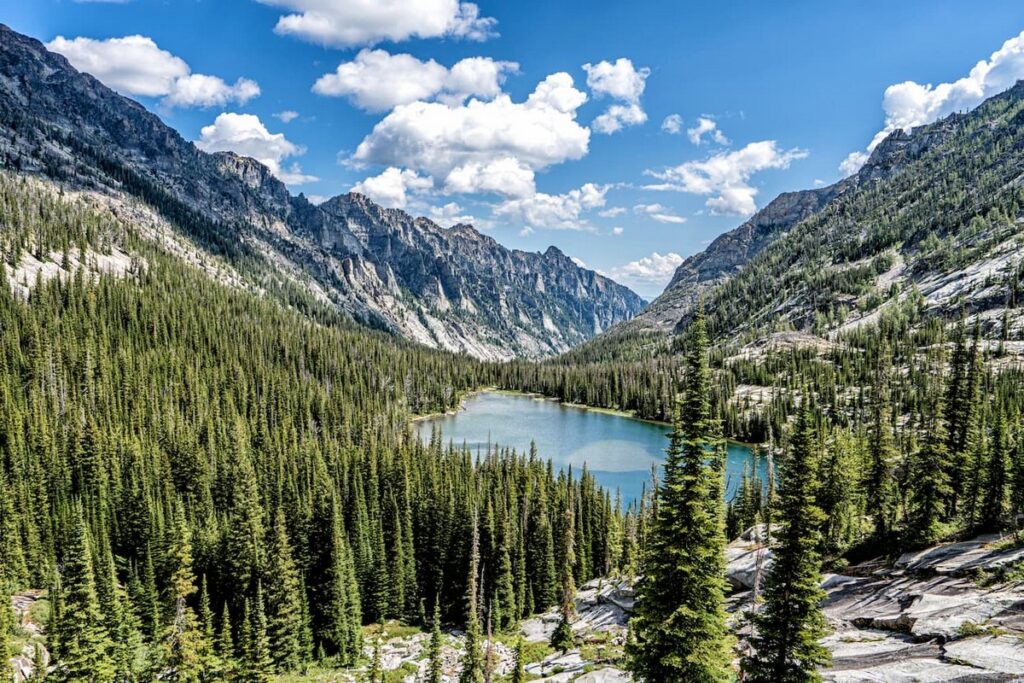
Everyone’s heard of the Rocky Mountains (or The Rockies). The Rocky Mountains in Montana are in the western part of the state. They go from the border of Canada in the north, to the borders of Wyoming and Idaho in the south.
The Montana Rockies has 1,623 named peaks. These help to make up the Continental Divide. The highest peak is called Crazy Peak and it is around 3,407 meters tall!
Rocky Mountain Oysters
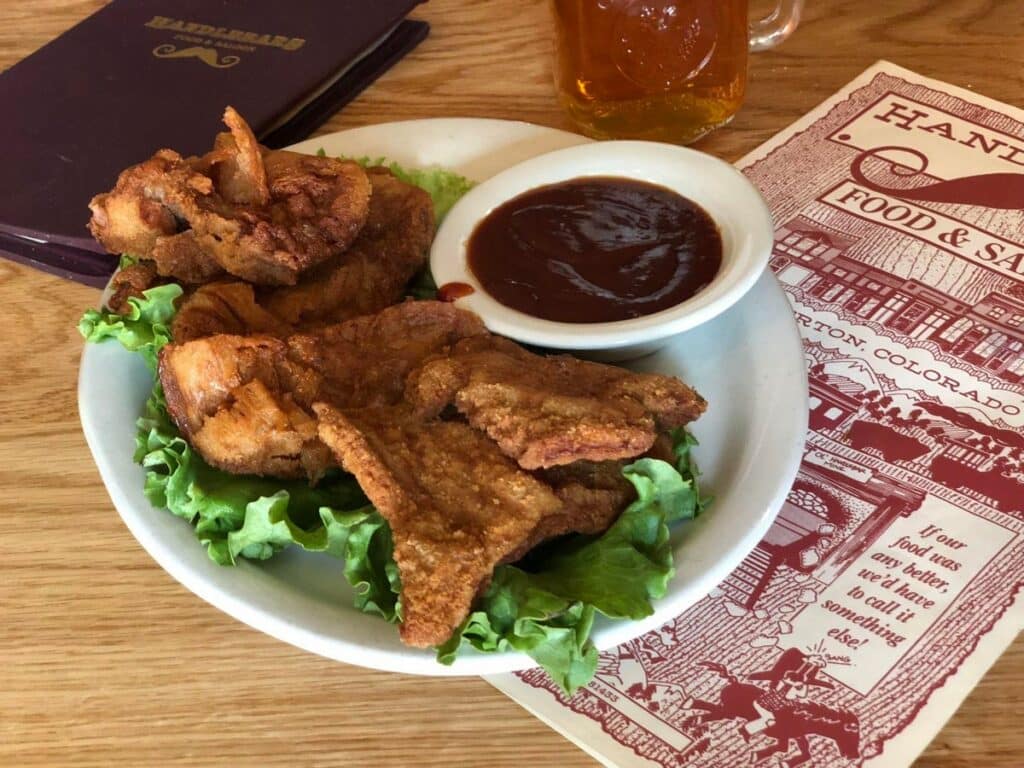
Rocky Mountain Oysters aren’t what they seem. They’re typically found in western Canada and the American West, including Montana. They aren’t oysters, they’re actually mammal testicles. Some might say that’s…nuts.
They typically come from bison, bulls, sheep, and pigs, and are cooked in various ways. Rocky Mountain Oysters can be poached, broiled, braised, and sauteed. But, they are usually peeled, flattened, coated in flour, and then fried. Getting hungry yet?
In America, they’re normally served with a cocktail sauce. Delicious.
Lewis and Clark Caverns State Park
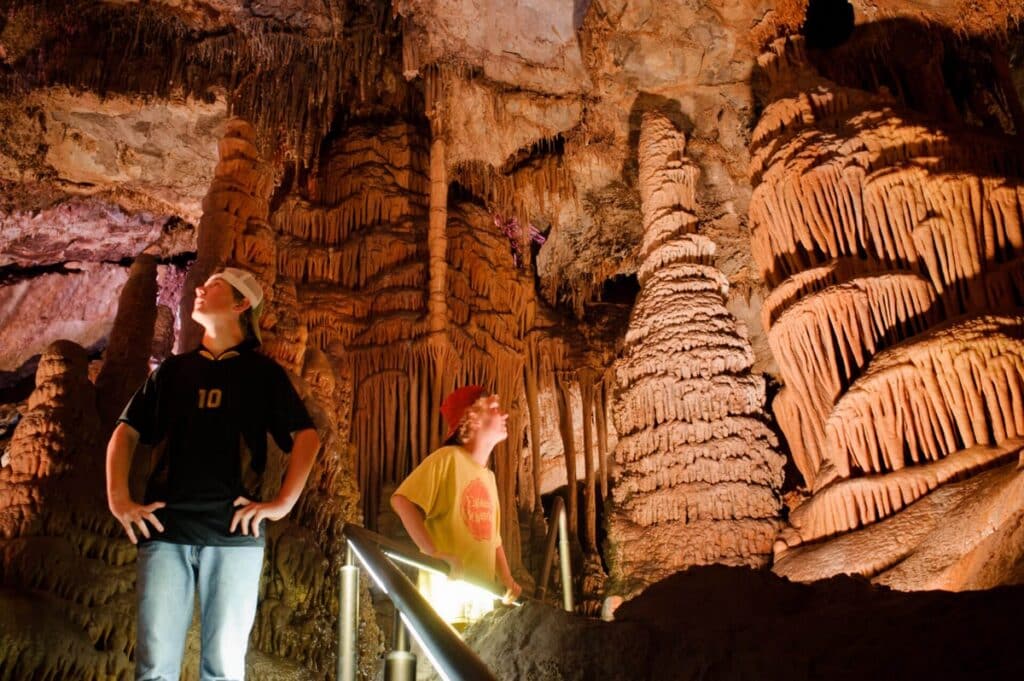
Lewis and Clark Caverns State Park is Montana’s first state park. The park is between Butte and Bozeman. The caverns are one of the largest limestone caverns in the North West. Above ground, there are numerous hiking trails and campgrounds for visitors.
While the caves were named after Lewis and Clark, they never actually saw the cavern. They were discovered in 1892 by two hunters named Tom Williams and Burt Pannell.
Evel Knievel

Evel Knievel is a world-famous stuntman known for his crazy stunts, crashes, and motorbike skills. His real name was Robert Craig Knievel (waaay less catchy, if you ask us) and he was born in Butte, Montana.
He was raised by his grandparents in Butte and was known as a bit of a trouble-maker. His first motorbike at age 13 was a Harley Davidson (that he stole). He got his nickname “Evel’ from spending a short time in jail for reckless driving.
Giant Spring State Park
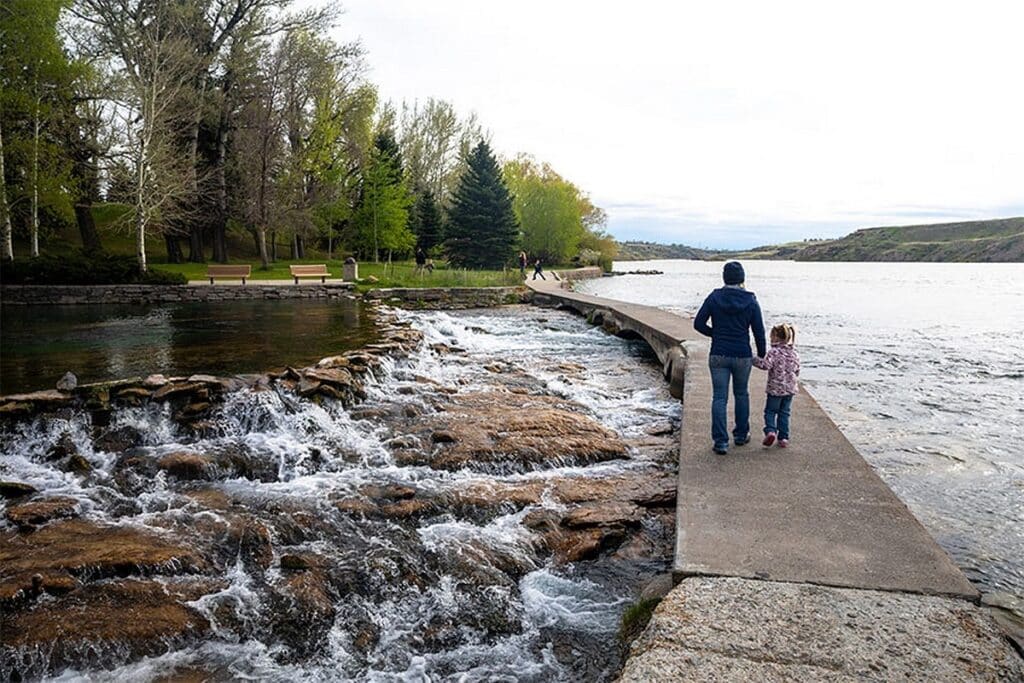
Giant Spring State Park is one of the biggest freshwater springs in the US. It produces more than 156 million gallons of water every day. First recorded in 1805 by Lewis and Clarke, the park is just outside of Great Falls city and borders around 22 kilometers of the Missouri River.
Giant Springs became a state park in the 1970s. There are just under 50 kilometers of paved and dirt trails for walking, running, and biking.
It is also a popular fishing destination with fishing opportunities along the Missouri River and a separate fishing pond.
